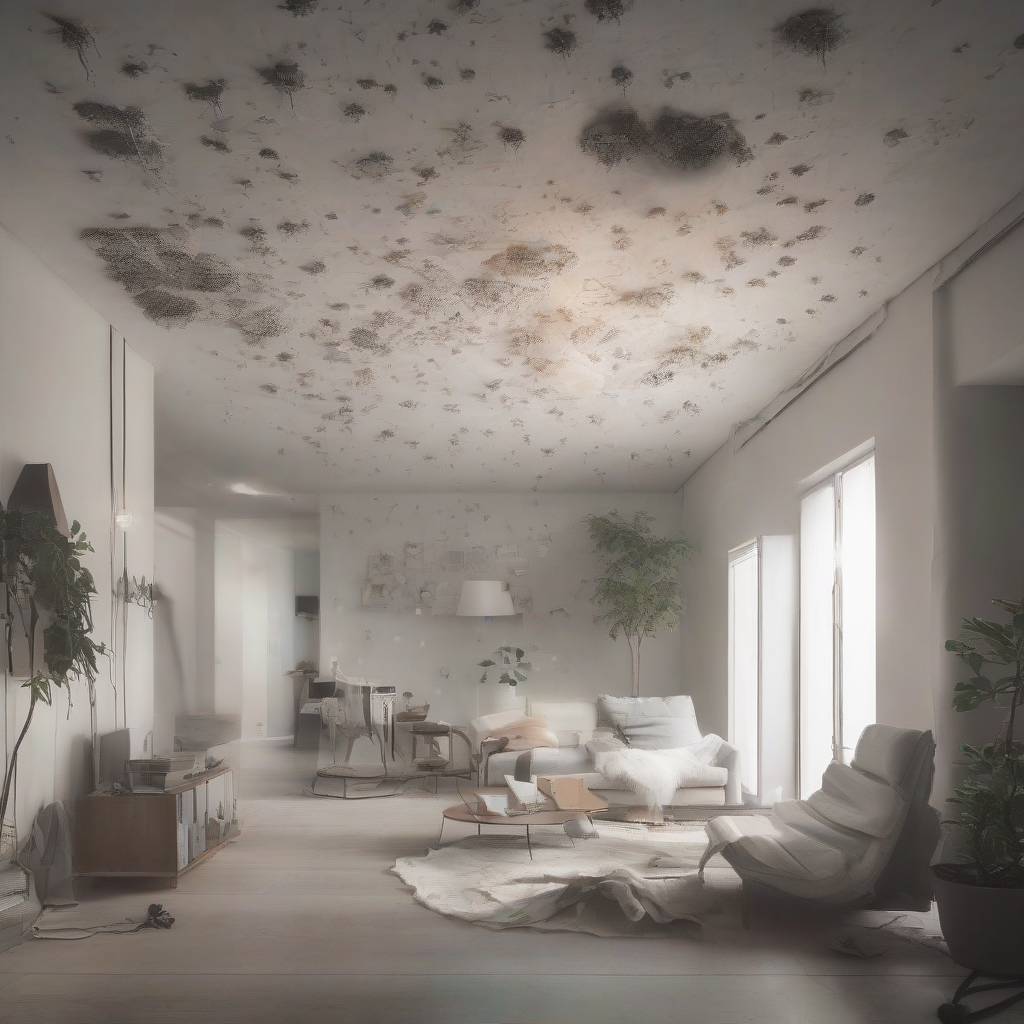Conquering Ceiling Critters: A Comprehensive Guide to Pest Control in Your Ceiling
Pest infestations in ceilings are a common and often frustrating problem. The hidden nature of the infestation makes detection and treatment challenging. This guide provides a comprehensive overview of pest control strategies specifically targeting ceiling infestations, covering identification, prevention, and effective treatment methods.
Identifying the Culprit: Common Ceiling Pests
Before tackling a ceiling pest problem, accurate identification is crucial. Different pests require different treatment approaches. Common ceiling dwellers include:
- Rodents (Mice, Rats): These leave droppings, gnaw marks, and create nesting areas. Their presence often involves scratching sounds within the ceiling.
- Birds: Nesting birds can cause significant damage, leaving droppings, feathers, and nesting materials. Their presence is often indicated by sounds and visible nests (if accessible).
- Insects (Cockroaches, Ants, Termites, Wasps): These insects often exploit gaps and cracks to access ceilings. Evidence may include droppings, insect bodies, or nests.
- Bats: Bats primarily live in attics but may access the ceiling from there. Droppings and noticeable entry points are key indicators.
- Squirrels: Similar to other rodents, squirrels leave behind droppings, damage, and sounds from their movement.
Signs of a Ceiling Pest Infestation
Recognizing the signs of a pest infestation early on is key to preventing significant damage and health hazards. Look for these indicators:
- Noises: Scratching, scurrying, chattering, or rustling sounds within the ceiling are strong indicators of pest activity.
- Droppings: Finding droppings of various sizes and shapes can help identify the pest. Rodent droppings are common, but bird and insect droppings also provide clues.
- Damage: Check for gnaw marks on wood, insulation, or wiring. Birds may damage plaster or create holes in the ceiling.
- Nests: Birds, insects, and rodents often build nests within ceilings. These can be noticeable if access is possible.
- Odors: Some pests, like rodents, can leave behind a distinct musty odor.
- Visible Pests: Though less common in ceilings, you might spot insects, rodents, or even birds entering or exiting through gaps or holes.
Prevention: Keeping Pests Out of Your Ceiling
Proactive prevention is far more effective and less costly than dealing with a full-blown infestation. Employ these preventative measures:
- Seal Entry Points: Inspect the exterior of your home for cracks, gaps, and holes around pipes, vents, and other openings. Seal these using caulk, expanding foam, or metal mesh.
- Proper Ventilation: Ensure adequate attic ventilation to prevent moisture buildup, which attracts pests.
- Regular Cleaning: Keep your attic and surrounding areas clean and clutter-free. Remove any potential food sources, nesting materials, or debris.
- Maintain Landscaping: Trim overhanging branches and keep vegetation away from your home’s exterior walls. This reduces access points for pests.
- Store Food Properly: Store food in airtight containers to prevent attracting rodents and insects.
- Remove Debris: Regularly remove leaves, twigs, and other debris from gutters and around the foundation of your home.
Treatment Strategies: Eliminating Ceiling Pests
If a ceiling infestation occurs, appropriate treatment is crucial. The chosen method depends on the type of pest and the severity of the infestation.
Rodent Control:
- Traps: Snap traps, glue traps, and electronic traps can be effective in catching rodents. Place traps along walls and near potential entry points.
- Rodenticide: Poison bait stations can be used, but caution is necessary, especially if children or pets are present. Place bait stations strategically and follow instructions carefully.
- Exclusion: Seal all entry points to prevent further rodent access after trapping or poisoning.
Insect Control:
- Insecticides: Use insecticides specifically formulated for the target insect. Follow label instructions carefully and consider professional assistance for extensive infestations.
- Vacuuming: Regularly vacuuming ceilings and corners can help remove insect bodies, eggs, and debris.
- Natural Remedies: Diatomaceous earth can be effective for some insects, but it requires careful application.
Bird Control:
- Exclusion: Seal all entry points to prevent birds from accessing the ceiling. Use netting or other bird deterrents to keep birds away.
- Removal of Nests: Carefully remove nests after birds have vacated the area. This should be done while wearing protective gear.
- Bird Spikes: Bird spikes can be placed on ledges and other areas where birds commonly roost.
Bat Control:
- Exclusion: Seal up entry points during periods of inactivity (usually during the day or winter). Bats should not be harmed or trapped unless advised by a professional.
- One-Way Doors: These allow bats to exit but prevent them from re-entering.
- Professional Assistance: Bat removal should often be handled by professionals who can relocate the bats humanely.
When to Call a Professional
While many ceiling pest problems can be addressed with DIY methods, there are situations where professional assistance is necessary:
- Extensive Infestations: If the infestation is large or widespread, professional pest control is recommended for effective and safe treatment.
- Difficult-to-Reach Areas: Accessing certain areas of the ceiling may require specialized equipment and expertise.
- Hazardous Pests: Dealing with venomous insects (like wasps) or potentially dangerous rodents can be risky and should be handled by professionals.
- Recurring Infestations: If DIY methods fail to resolve the problem, a professional can help identify underlying issues and implement a comprehensive solution.
- Uncertain Pest Identification: If you are unsure of the type of pest infesting your ceiling, a professional can accurately identify the pest and recommend appropriate treatment.
Long-Term Pest Prevention
Once the infestation is under control, implement ongoing preventative measures to avoid future problems:
- Regular Inspections: Periodically inspect your ceiling and surrounding areas for signs of pest activity.
- Maintenance: Regularly maintain your home’s exterior to prevent gaps and cracks from developing.
- Professional Preventative Services: Consider scheduling regular pest control treatments from a professional to prevent future infestations.
